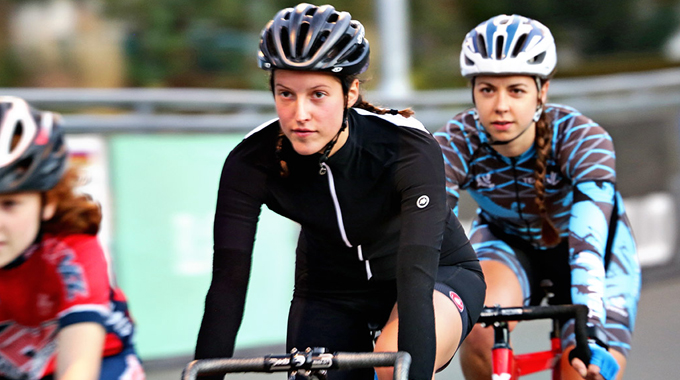He told me the extent of the injuries they could assess in the ambulance. John was stable but had suffered a serious blow to the head and face, and it looked like he had encountered full impact with the scooter, the scooter passenger, and then the road. Shane informed me that John was talking but not answering their questions – he was fighting, trying to sit up and get out of the ambulance, saying he was fine.
Shane instructed me to help get him talking in order to facilitate the doctor’s assessment. I now had a job to do, which helped me focus and stay present. It was clear that John had no memory of the accident and he was confused about where he was.

A true cyclist, it didn’t take long for him to start asking about the condition of his bike. It was a write-off, snapped into several pieces, the carbon frame cracked like a tree branch. For that first long night while doctors and nurses tended to his various traumas, every few minutes he would wake up asking the same three questions, “What happened? Where am I? How’s my bike?”.
When John went in for the surgery to put his facial bones back together with titanium just three days after the crash, we were both so nervous we could barely speak to each other. Instead, I held his hand tightly and talked about things we would do when he recovered. After eight hours – some of the hardest hours of my life – I was allowed to see him.
Still, under the effects of the medication, he recounted vivid dreams while I sat like a scribe next to his bed. “Write this down,” the bossy patient kept saying. I don’t remember ever seeing him so enthusiastic. He had me take notes on all the ideas about things he wanted to do with his ‘second chance.’ I was exhausted after the trauma of the past few days, but his ideas just poured out and he was so excited. I wrote pages and pages of the book we would write together, his ideas for a new blog, the design of our future home, and how we still had to cycle around the world.

















